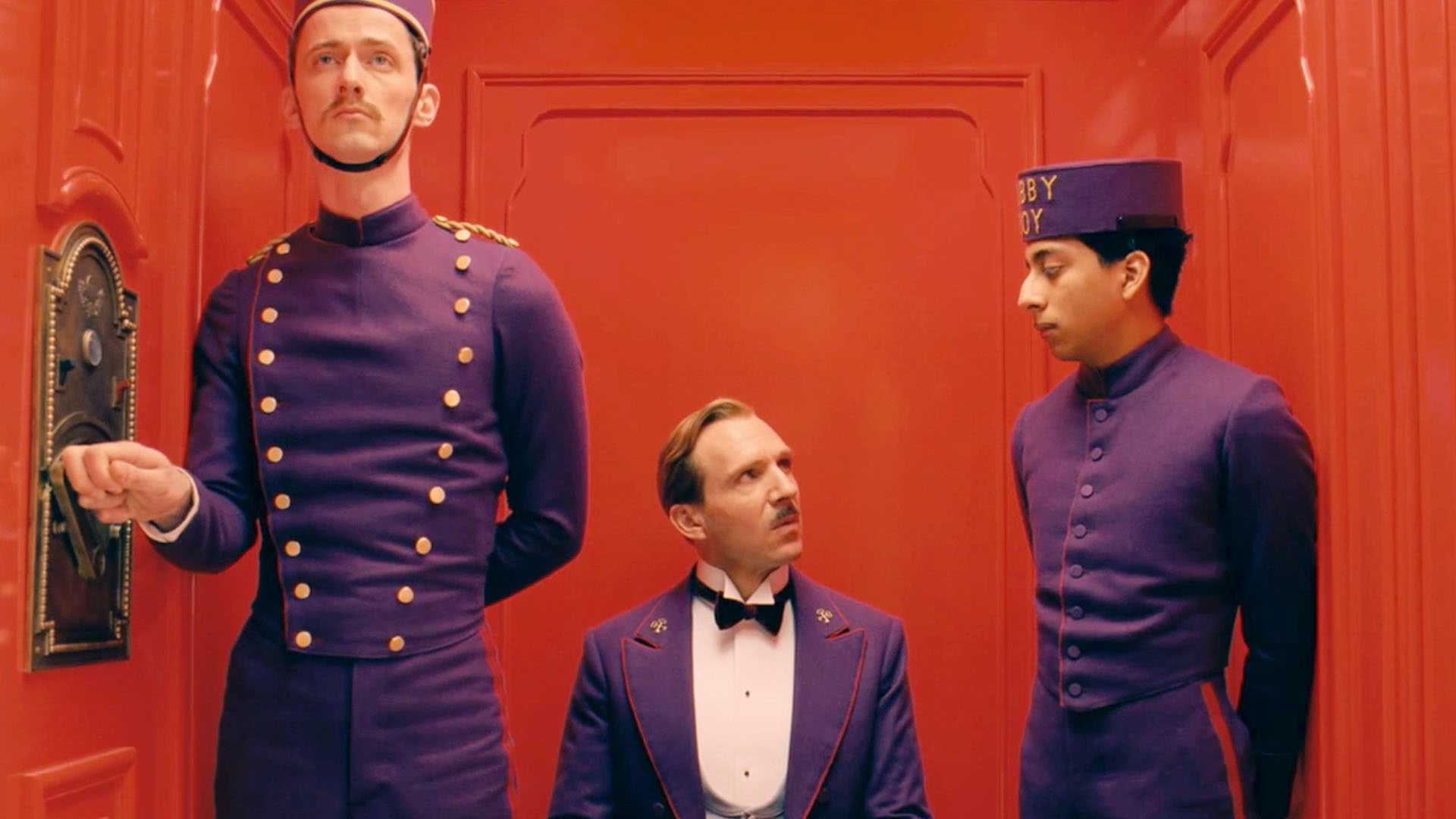“The Grand Budapest Hotel” Review: Wes Anderson’s Whimsical Masterpiece Delights and Dazzles
In the enchanting world of Wes Anderson’s “The Grand Budapest Hotel,” viewers are transported to a fictional Eastern European country in the 1930s, where a legendary concierge and his young protégé embark on a whirlwind adventure filled with mystery, romance, and Anderson’s signature quirky charm. This visually stunning and narratively complex film showcases the director at the height of his powers, delivering a cinematic experience that is both nostalgic and thoroughly modern.
A Visual Feast for the Eyes
From the moment the film begins, it’s clear that “The Grand Budapest Hotel” is a visual masterpiece. Anderson’s meticulous attention to detail and distinctive aesthetic are on full display, with every frame composed like a work of art. The titular hotel itself is a character in its own right, its pink façade and lavish interiors serving as the perfect backdrop for the unfolding drama.
Cinematographer Robert Yeoman, a longtime Anderson collaborator, captures the film’s various time periods with stunning precision. The use of different aspect ratios for each era is a clever touch that adds depth to the storytelling. The color palette, dominated by pastel pinks and purples, creates a dreamlike atmosphere that perfectly complements the film’s whimsical tone.
A Star-Studded Ensemble Cast
At the heart of “The Grand Budapest Hotel” is Ralph Fiennes’ brilliant performance as Monsieur Gustave H., the hotel’s charismatic and eccentric concierge. Fiennes brings a perfect balance of charm, wit, and vulnerability to the role, creating a character that is both larger-than-life and deeply human. His chemistry with Tony Revolori, who plays the young lobby boy Zero, is a joy to watch and forms the emotional core of the film.
The supporting cast is a veritable who’s who of Hollywood talent, with standout performances from Adrien Brody, Willem Dafoe, Jeff Goldblum, and Tilda Swinton. Each actor, no matter how brief their screen time, fully embodies their character and adds to the rich tapestry of the story.
A Layered Narrative That Rewards Multiple Viewings
Anderson’s screenplay, inspired by the writings of Stefan Zweig, is a marvel of storytelling complexity. The film’s nested narrative structure, which spans multiple time periods and narrators, could have been confusing in less capable hands. However, Anderson deftly weaves these threads together, creating a story that is both intricate and accessible.
The plot, which involves a stolen painting, a family fortune, and a prison break, moves at a breakneck pace. Yet, amidst the madcap adventures, Anderson finds moments of genuine emotion and reflection on themes of friendship, loyalty, and the passage of time.
A Soundtrack That Enhances the Mood
Alexandre Desplat’s Oscar-winning score perfectly captures the film’s blend of whimsy and melancholy. The use of traditional Eastern European instruments, such as the balalaika and cimbalom, adds authenticity to the fictional setting. The music seamlessly transitions from comedic moments to more poignant scenes, enhancing the emotional impact of the story.
Wes Anderson’s Unique Brand of Comedy
While “The Grand Budapest Hotel” deals with serious themes, it’s also incredibly funny. Anderson’s deadpan humor and penchant for visual gags are on full display. The film’s comedic timing is impeccable, with many laugh-out-loud moments that never feel forced or out of place within the overall narrative.
A Commentary on European History
Beneath its whimsical surface, “The Grand Budapest Hotel” offers a poignant commentary on 20th-century European history. The film’s fictional country of Zubrowka serves as a stand-in for the real-world tensions



